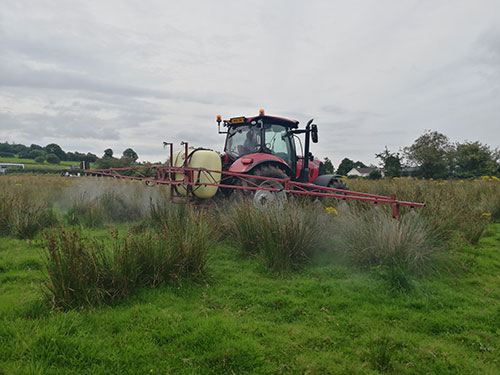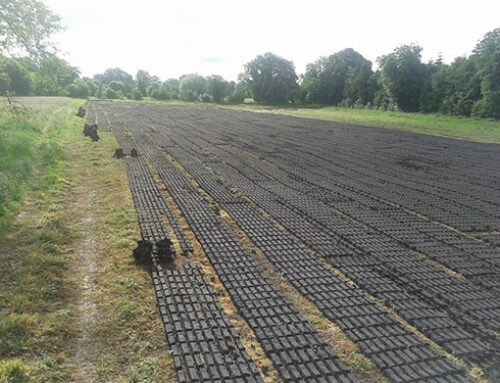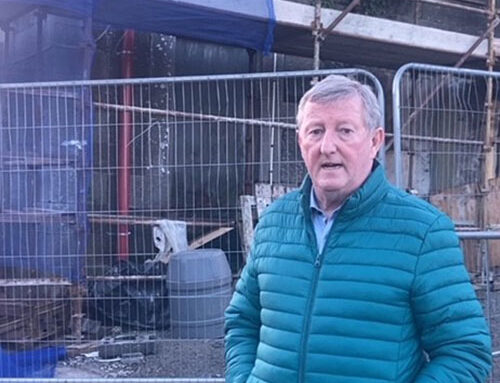Great care must always be taken to protect drinking water supplies wherever pesticide use is considered necessary, particularly if using products for grassland weed control containing substances such as MCPA, fluroxypyr and 2,4-D.
These substances and others have been detected in drinking water supplies across Ireland. The detected levels sometimes exceed the legally permitted limit for pesticides in drinking water, which is set at an extremely low value (equivalent to one drop in an Olympic-sized swimming pool).
Irish Water, working in partnership with a range of organisations involved in the National Pesticides and Drinking Water Action Group (NPDWAG) is providing advice and guidance to all users of pesticides including the farming community, greens keepers and grounds keepers and domestic users, to ensure that best practice measures to protect drinking waters are always followed.
Farmers and other landholders dealing with the challenge of tackling rushes should note that the Department of Agriculture, Food and the Marine (DAFM) has developed new guidance on the sustainable management of rushes. The new approach is based on the concepts of containment or suppression, and aims to minimise the use of pesticides. More information on this can be obtained from your local farm advisor or on www.pcs.agriculture.gov.ie/sud/waterprotection
The regulations are so stringent that a single drop of pesticide is enough to breach the drinking water limit in a small stream for up to 30 kilometres. This clearly highlights the level of care needed to protect drinking water sources.
Irish Water working in partnership with the National Pesticides and Drinking Water Action Group would like to remind farmers and professional users of pesticides of the need to follow best practice in the application of pesticides, particularly near lakes and rivers used as drinking water sources.
If pesticides have to be used, the basic steps in reducing risks are –
Choose the right pesticide product (Note that products containing MCPA are NOT approved for use in weed-wipers.)
Read and follow the product label
Determine the right amount to purchase and use
Don’t spray if rain or strong wind is forecast in the next 48 hours
Make sure you are aware of the location of all nearby water courses
Comply with any buffer zone specified on the product label to protect the aquatic environment. Mark out the specified buffer zone from the edge of the river or lake or other water course
Never fill a sprayer directly from a water course or carry out mixing, loading or other handling operations beside a water course
Avoid spills, stay well back from open drains and rinse empty containers 3 times into the sprayer.
Store and dispose of pesticides and their containers properly.
A recently produced video on the correct use of MCPA can be viewed on Irish Water’s YouTube channel at https://youtu.be/xQqtZ7jifUs
Information leaflets on pesticide use are also available to download from the Teagasc website at www.teagasc.ie/environment/water-quality/farming-for-water-quality-assap/improving-my-water-quality/protecting-drinking-water-from-pesticides/





